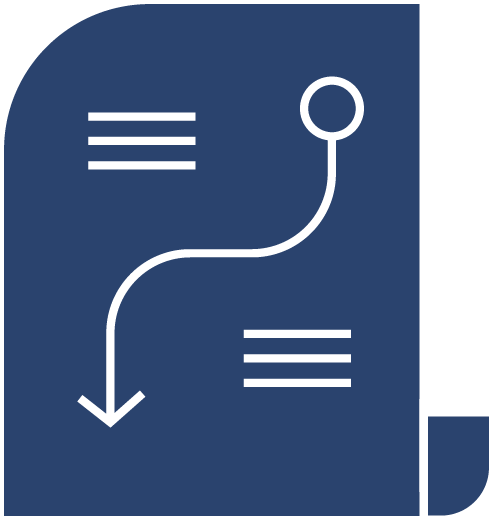Understanding Data
What data is, how it’s used and how it benefits our region




Data and data analysis
Data is a collection of information. It’s often presented as facts or statistics.

Data

Analyse

Plan a response

Predict, treat & solve
Data can be used to analyse a circumstance and plan a response to it. It helps us understand how we can better predict, treat and solve our region’s health and care challenges. A common kind of health data is disease counts, like the number of COVID-19 cases. However, data is more than just numbers – it includes many kinds of information like social media posts and online videos. This data can be used to answer questions about the world around us.
Data’s journey

Step 1
An organisation like a GP office collects information as part of their day-to-day work.

Step 2
The organisation stores this data on their own system

Step 3
They can share this data with regional organisations like CIPHA to link up similar kinds of information.

Step 4
The data can then be used to understand local and national issues and lead to better decision-making.





Why we use data
Data analysis helps us understand the world around us and use that understanding to inform decisions that impact everyone. It helps us understand how we can better predict, treat and solve our region’s health and care challenges.
Data stewardship defines the responsible use, collection and management of data in a participatory and rights-preserving way, informed by values and engaging with questions of fairness.
– Ada Lovelace Institute





Data stewardship
Data stewardship helps ensure that data is in a trustworthy, safe and accessible environment. In the Liverpool City Region, the stewardship of data will help inform decision-making regarding the health and care of residents in our region. Through effective data stewardship, we are able to:
- develop a better understanding of data use
- have a better flow of higher quality data
- make informed decisions
- create value for individuals, their communities and wider society
The LCR CDC will work with local communities and data controllers across the City Region to help build trustworthy data-sharing relationships based on locally governed principles which guide users on the correct use of data.



Any questions?
Have a data-related query for us? We’re ready to help you with it. Speak to our team to find out how we use and connect people with data.
Send it our way